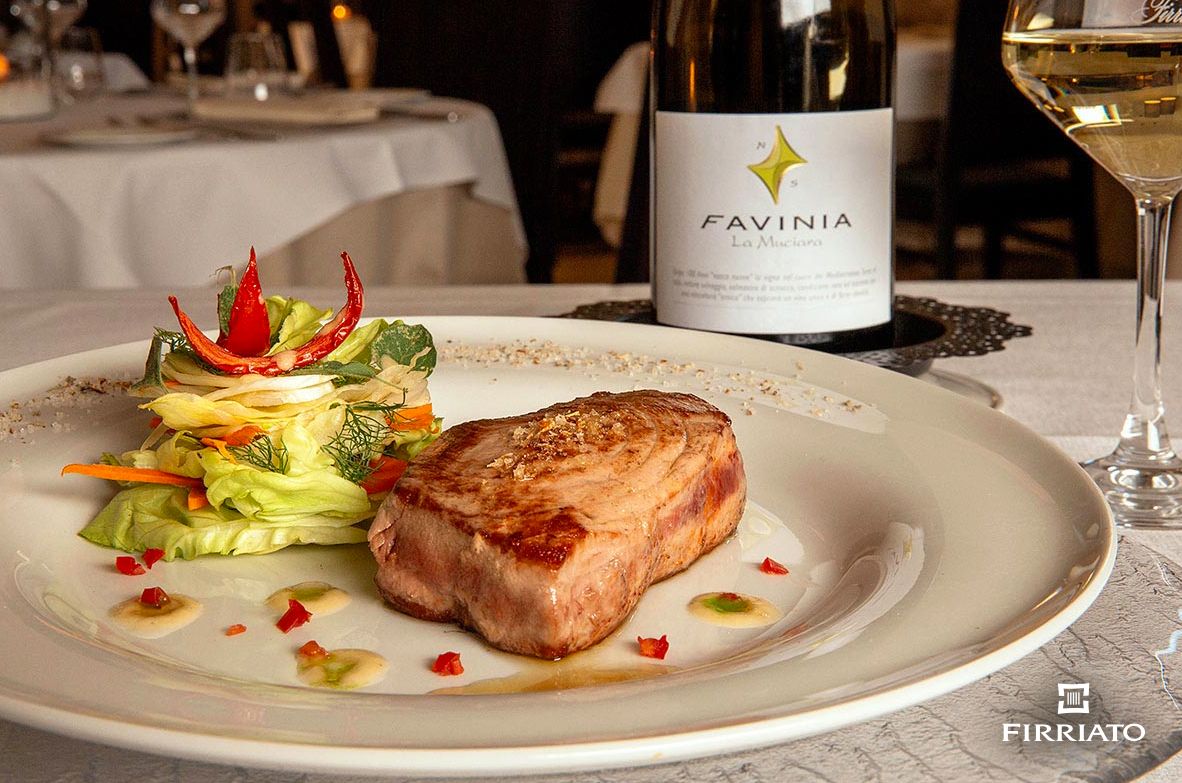FAVIGNANA, THE ISLAND OF FISH AND WINE
Favignana’s historical

The butterfly of the Egadi’s archipelago. This is the nickname of Favignana island, thought by the Sicilian painter Salvatore Fiume over ‘70s, focusing on its particular shape remembering a butterfly. 7 kms far from the west coast of Sicily, the original name comes from the Latin word favonius, a term used by the Romans to identify the hot wind coming from east. The first human settlements date the Paleolithic age, but the number of populations disembarked in Favignana is quite impressive: from the Romans to the Vandals, including the Goths, Saraceans, Normans and Spaniards, up to more contemporary period when the Florio family with its Tonnara industry made Favignana a trading and entrepreneurial outpost.
Tuna fishing
Red tuna fishing has always been the economical activity marking Favignana. Until 2007, the famous mattanza has always been the recognisable image impressed in the mind of those knowing well the island, such as visitors coming from the very first time. Moreovere, mattanza is a tradition seriously jeopardised because of the steady and natural loss of tuna in this part of the Mediterranean sea. Anyway, after different ventures, tuna fishing together with the relaunch of Florio’s tonnara settlement, could start again over the current year, recovering a tradition marked in the identity of this land.

The present viticulture

On this island, Di Gaetano family has created the Calamoni di Favignana estate, Firriato’ s vineyard kissing the sea, an incredible work giving life again to an ancient practice: the viticulture. Calamoni is the unique productive vineyard in the Egadi’s archipelago. Among the rows of this island some remarkable wines come out deeply influenced the particular climate and soil context: Grillo, Zibibbo, Catarratto, Nero d’Avola and Perricone grapes are vinegrown in the butterfly land. The mixed influence between wind and sea generate the marine aerosol effect, expressed in the bottle in mineral notes, and a peerless olfactory intensity you cannot find in the Sicilian winescape.



























